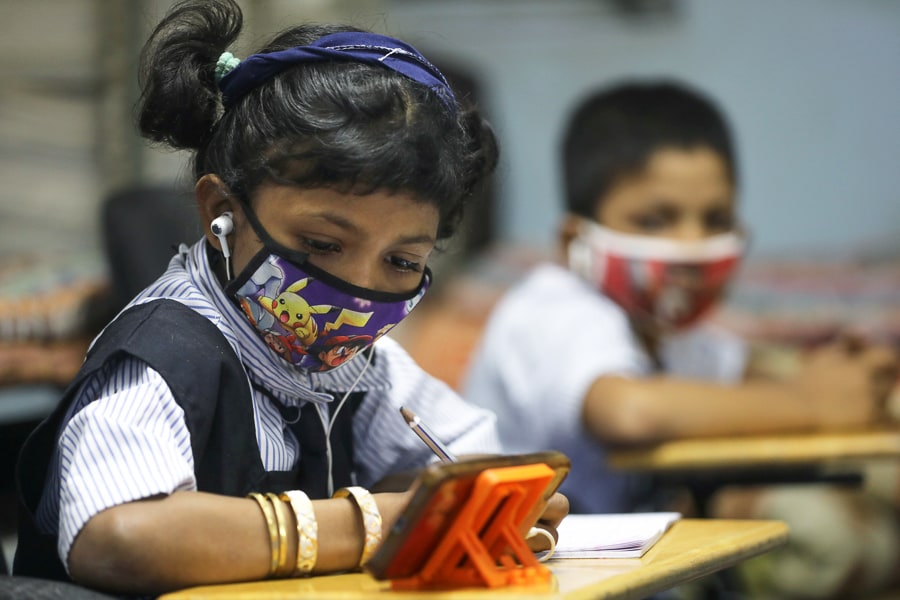
Budget 2022: Education gets a digital push
Finance Minister Nirmala Sitharaman acknowledges the impact of Covid on the sector and increases allotment from Rs93,224 crore in FY22 to Rs104,277.72 crore in FY23
 The increase in allotment comes from the acknowledgment that education has been deeply impacted by the Covid-19 pandemic, with children and youth of rural India bearing the biggest brunt
The increase in allotment comes from the acknowledgment that education has been deeply impacted by the Covid-19 pandemic, with children and youth of rural India bearing the biggest brunt
Image: Francis Mascarenhas / Reuters
Nirmala Sitharaman, in her fourth Union Budget presentation, tabled a record Rs104,277.72 crore for expenditure on education for FY23. This is Rs11,053.41 crore more than the Budget estimate of Rs93,224 crore for FY22 and translates to nearly 12 percent growth compared to last year.
The increase in allotment comes from the acknowledgment that education has been deeply impacted by the Covid-19 pandemic, with children and youth of rural India bearing the biggest brunt. The rise in allocation for the education sector owes to the jump in the amount earmarked for Samagra Shiksha (school education sector)—from Rs31,050 crore in 2021-22 to Rs37,383 crore in 2022-23, and a higher requirement for Kendriya Vidyalaya Sangathan, Navodaya Vidyalaya Samiti, World Class Institutions, Grants to Central Universities, National Institute of Technology and Indian Institute of Engineering Science and Technology (IIEST).
“Due to the pandemic-induced closure of schools, our children, particularly in the rural areas, and those from Scheduled Castes and Scheduled Tribes, and other weaker sections, have lost almost two years of formal education,” Sitharaman said. “We recognise the need to impart supplementary teaching and to build a resilient mechanism for education delivery.”
To this regard, the PM eViIDYA programme—launched in 2020, it provides access to ‘quality education' to students who do not have access to the internet—that initially encompassed 12 one class-one TV channels will be expanded to 200 channels to enable all states to provide supplementary education in regional languages for classes 1 to 12.
_20220316022208_102x77.jpg)







